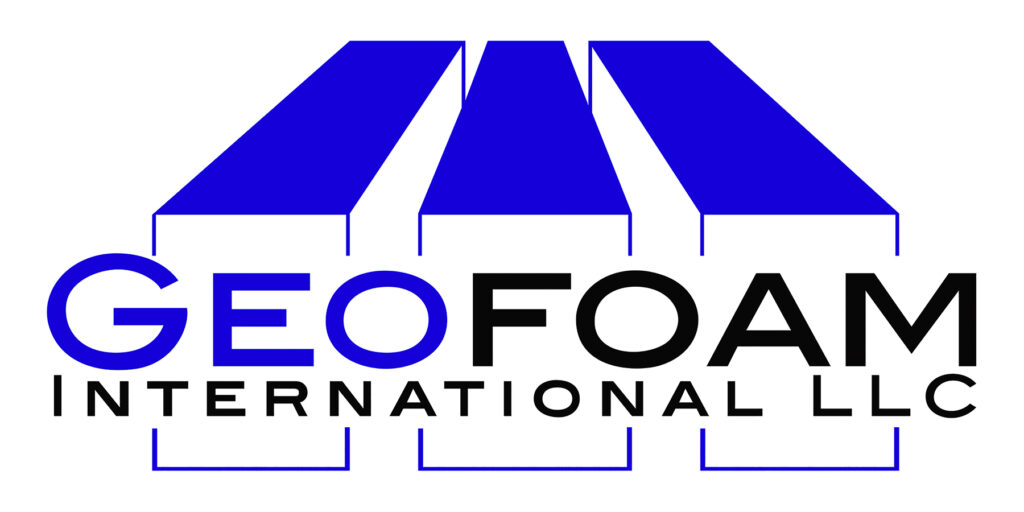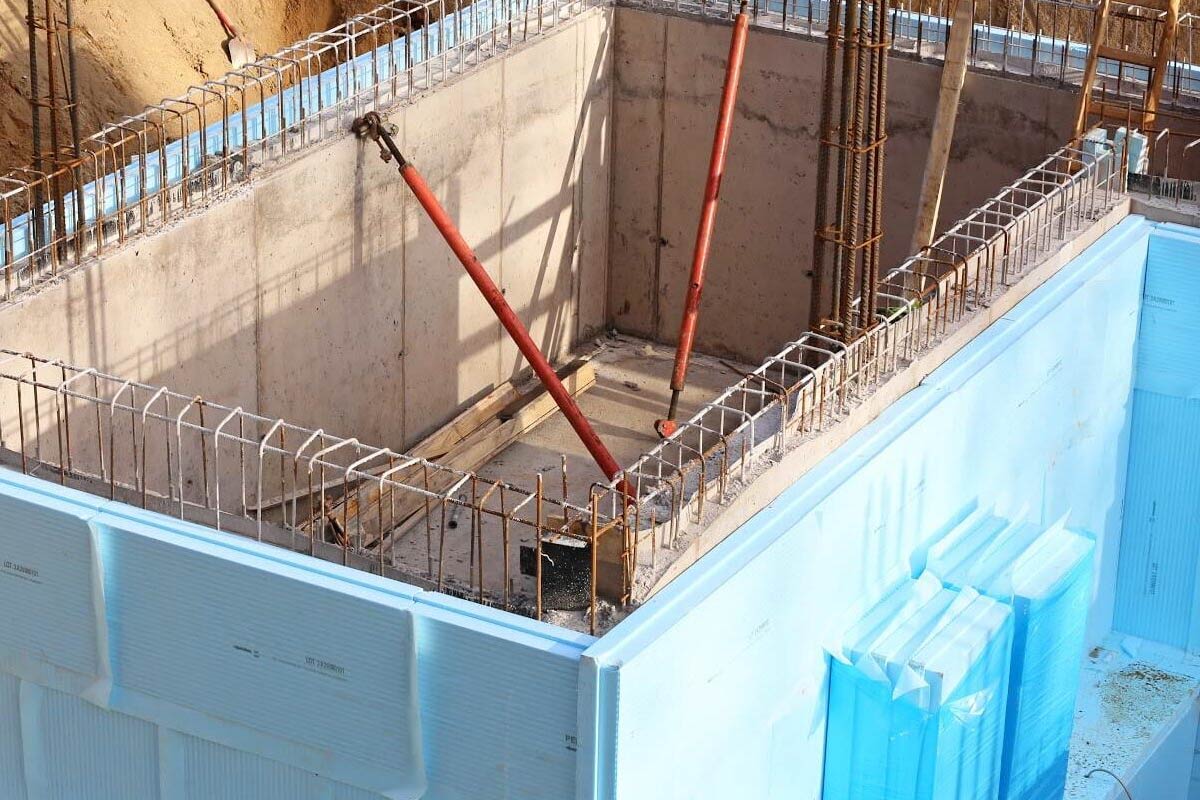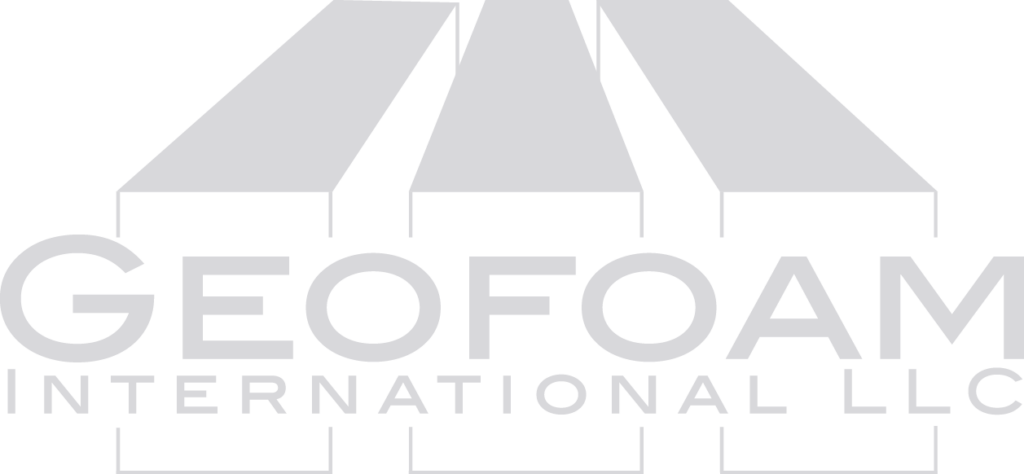The growing trend towards geofoam block construction is being reflected in the numbers. Currently, the geofoams market is a 784-million-dollar industry and is projected to grow to be a 1,069-million-dollar market by 2024. That’s a CAGR of 6.3% between 2019 – 2024. There are many factors that have contributed to this rapid, aggressive growth, including the high-value, low-cost of geofoam itself, as well as the need for its application to expand various infrastructures around the world. Here’s a look at the rise of geofoam block construction and why it’ll continue its upward trajectory in the world of construction.
What Is Geofoam?
Geofoam blocks first emerged in the early 1970s as a material used to support bridge embankments and roadways. It is a lightweight fill material made of polystyrene and there are two major categories of geofoam blocks, expanded polystyrene (EPS) geofoam and extruded polystyrene (XPS) geofoam—the difference lies within how the blocks are manufactured and made into their final product.
These types of blocks are used as fill material in construction, meaning they are installed in between walls and environmental structures to provide compression support, thermal insulation and a foundation for many different types of applications. From stadium seating and roadways to residential and commercial real estate, geofoam has become more and more popular in multiple sectors of construction and engineering. Foam blocks can also be customized in shaped to fit specific angles. This leads to increased flexibility for architectural engineers and designers to create spaces the way they want and need to.
The Shift to Foam Block Construction
What has caused this shift towards foam block application? Geofoam’s physical properties have made it highly appealing to construction managers, architects and engineers. For one, it is extremely lightweight compared to traditional fill materials like soil, rocks and cement. This factor alone has resulted in reduced labor costs, injuries and resources, and has made the application of foam blocks easier for construction site workers.
Geofoam also has a very favorable compression rate and is moisture-resistant, making it highly effective and durable against outside environmental factors like harsh weather conditions and repeated compression from vehicles and foot traffic. Furthermore, geofoam is thermodynamically efficient and is acts as an ideal insulation material. With all these very appealing properties and benefits that result from using geofoam as fill material, along with the relatively low-cost and money savings that geofoam paves the way for, the shift towards foam block construction has increasingly gained momentum.
Growing Applications of Geofoam
One of the major applications that have contributed to this rapid expansion in the geofoam market is the growing need for road and highway expansion. Countries with rising economies in the Asia-Pacific region including China, India, South Korea and Japan, have called for an increased need for more roadways. Geofoam, specifically EPS geofoam that’s ideal for road and highway construction, has become the go-to answer to meet these needs. This growing sector includes work that uses foam blocks in road widening, bridge abutment, bridge underfill and buried structures.
Aside from road construction, geofoam use has also grown in building and infrastructure applications like compensating foundations, slope stabilization, stadium and theatre seating, foundations for lightweight structures, dam construction and green roofs, as well as airport runways and railway embankments. The advantages of using foam foundation blocks are that they provide high-value at a low-cost, and ultimately it is winning with construction site managers because of this.
Future of Geofoam Industry
Geofoam will continue to present itself as a top-choice when it comes to construction in the upcoming years. Aside from its lightweight and impressive compression rate properties, its use also aligns with the growing trend and need for green construction. That is, construction practices that reduce carbon emissions. The polystyrene material used to make geofoam is 100% recyclable and because it is able to endure high compression and harsh environments, it calls for less maintenance and reduces the need to replace and waste materials. Its thermodynamic properties are fit for LEED certifications and it is highly efficient at keeping buildings and infrastructures at their desired temperatures thus lowering unnecessary energy requirements and damage.
Grow with Geofoam International
As the geofoam market continues rapid expansion, Geofoam International will also continue to meet the demands of the market by providing high-quality, custom geofoam blocks for a wide-variety of construction applications as your geofoam supplier. If you’re looking to use EPS geofoam blocks in your next project, look towards Geofoam International for all your needs.






